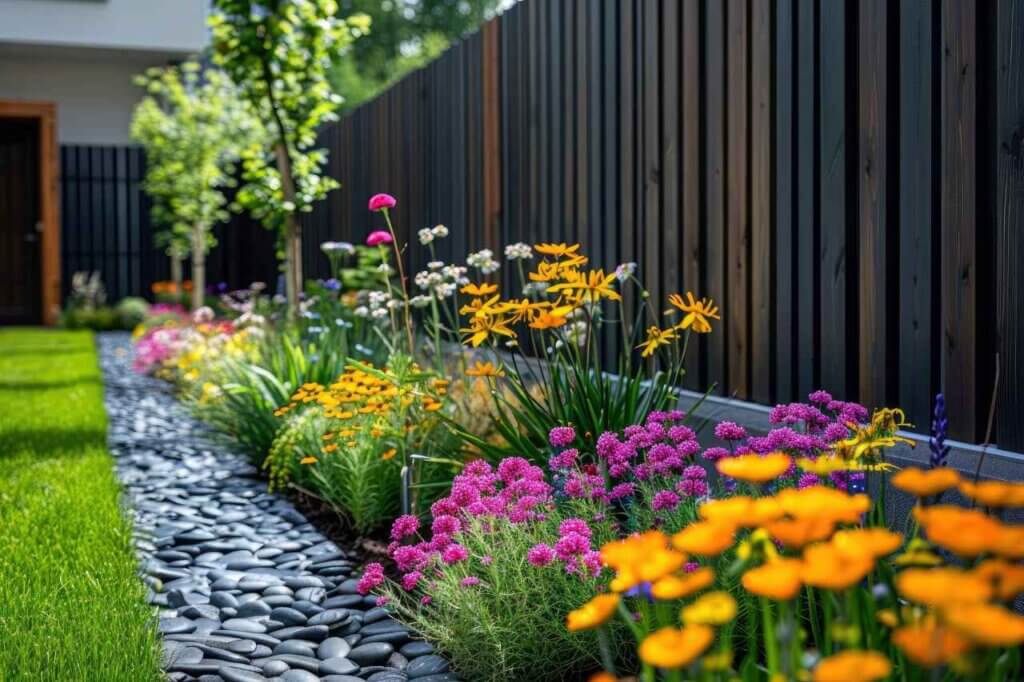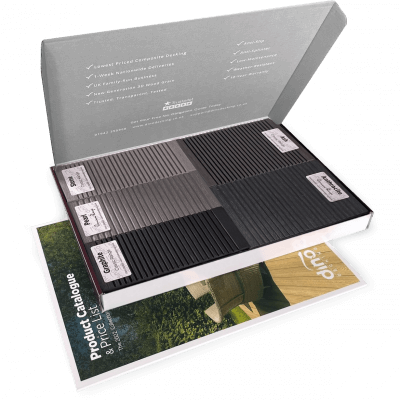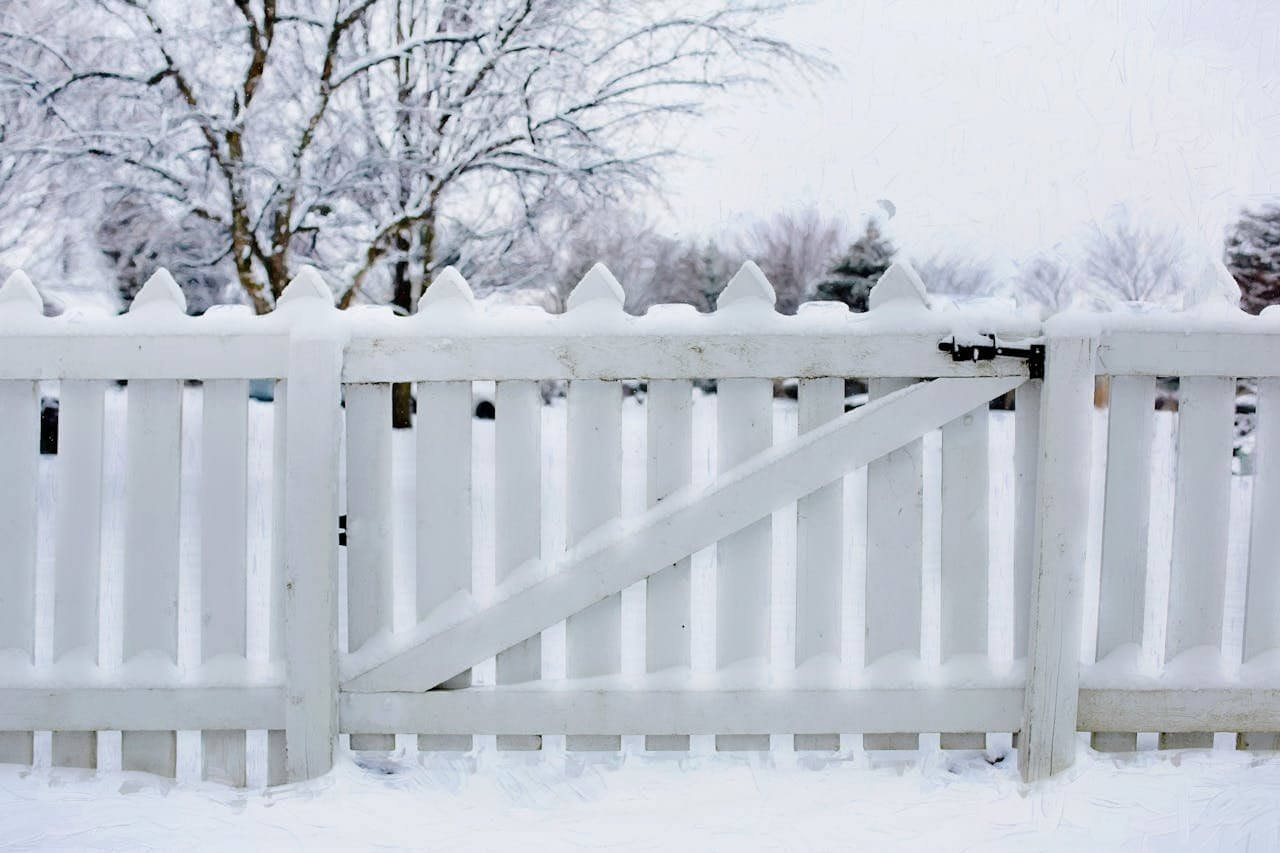
Do You Need Planning Permission for Cladding?
If you’re considering installing cladding on your home or in the garden, you’ve probably asked the question, ‘Do you need
Products in Stock
Lowest Prices
Express Delivery
10-Year Warranty
December Sale. Up To 15% Off.

If you’re thinking about adding a new fence to your garden – or replacing an old one – you might be wondering, “just how much fencing do I actually need?” It’s a common question, and one that can feel a bit daunting if you’re not sure where to start. But don’t worry – we’re here to help you figure it out, step by step. Let’s take a look.
Before we get into the nitty-gritty of fence calculations, let’s take a moment to really understand your property. After all, your land is unique, and your fencing needs will be too.
First things first – you need to know the size and shape of your property. If you’ve got your property deeds handy, they should include this information. No deeds? No problem. You can usually find this information online through your local council’s website or by using mapping tools.
Now, let’s think about what you actually need from your fence. Are you looking to secure your entire property, or just a portion of it? Do you need to keep pets in, or just want to create a bit of privacy in your back garden?
If you’re fencing your entire property, you’ll need to measure the full perimeter, but remember, you might not need fencing along every edge. For example, if you share a boundary with a neighbour who already has a fence, you usually don’t need to double up.
Think about what you want your fence to do. If you’re trying to keep a small dog from escaping, you might need a different type of fencing than if you’re just trying to create a visual boundary.
And before we forget, if you’re wondering about fence height restrictions, you might want to learn how high you can build your fence in the UK – we’ve got a blog post on the subject, as there are some regulations you’ll need to keep in mind.

Right, now we’re getting to the meat of the matter. How do you actually calculate how much fencing you need?
Remember to subtract the width of any gates you plan to install from your total fencing length; a standard garden gate is usually about 3-4 feet wide, but you might want something larger if you need to accommodate vehicles.
Before you rush off to order your fencing, here are a few more things to consider:
While it’s entirely possible to measure and calculate your fencing needs yourself, getting a professional opinion can be really helpful; they can spot potential issues you might miss and give you a more accurate estimate.
Don’t forget to factor in all the costs associated with your fencing project – this includes not just the fencing materials, but also posts, concrete for setting posts, gates, and installation costs if you’re not doing it yourself.
Now all that’s left to do is actually buy your fencing materials! If you’re looking for a low-maintenance option that looks great and lasts for years, check out our modern composite fence panels – they’re eco-friendly, durable, low-maintenance, affordable, and our panels come in a variety of styles and colours. You can even order a free sample to see for yourself!
All in all, choosing and installing a new fence doesn’t have to be a headache. With a bit of planning and careful measurement, you can ensure you get exactly the right amount of fencing for your home. And remember, it’s always better to order a little extra than to come up short!

Our sample pack contains a sample piece of each colour currently available. Order your free sample pack today to compare the colours and get a true feeling of the Dino Decking range!

If you’re considering installing cladding on your home or in the garden, you’ve probably asked the question, ‘Do you need

If you’re looking to go all out this festive season, you might be looking for some fantastic Christmas garden ideas